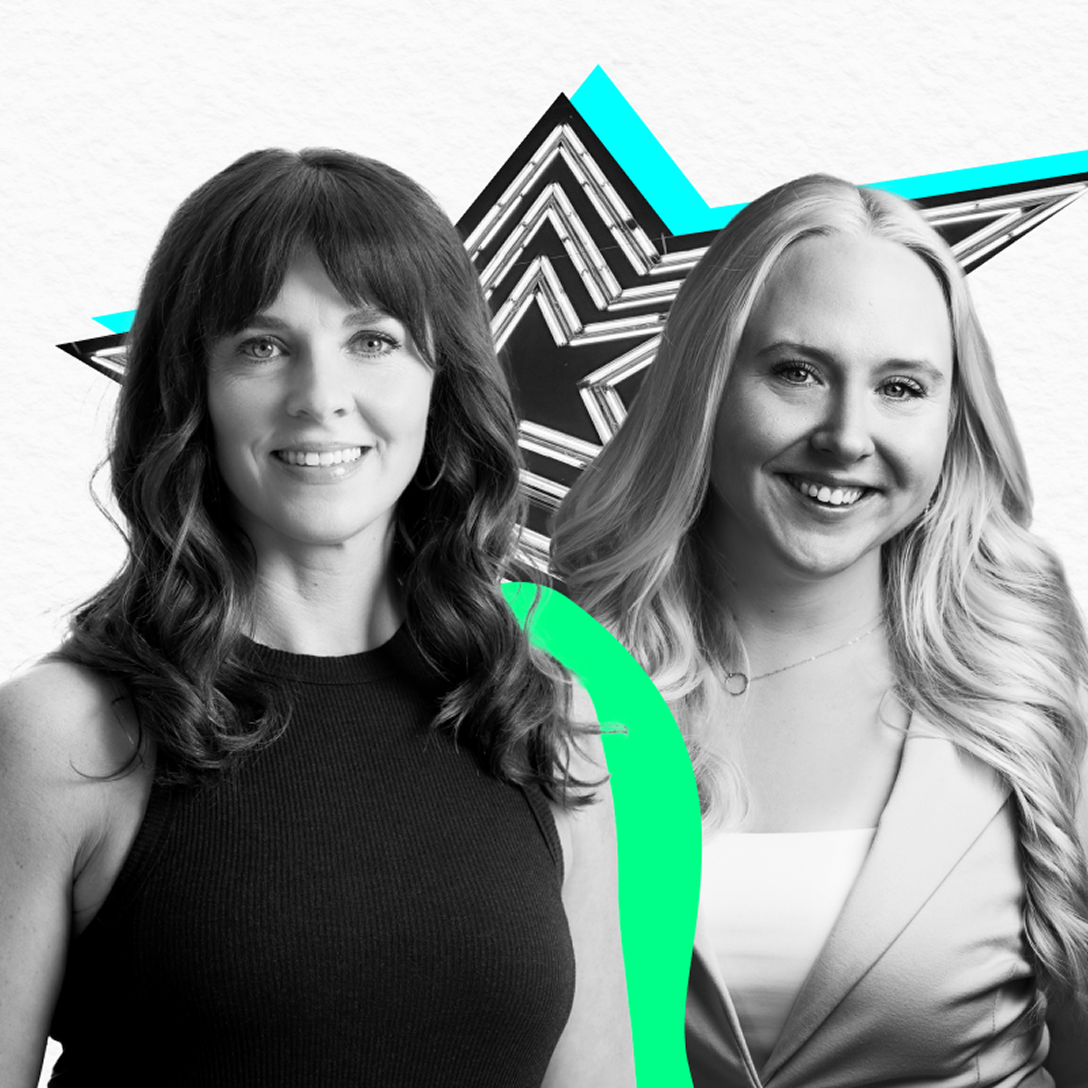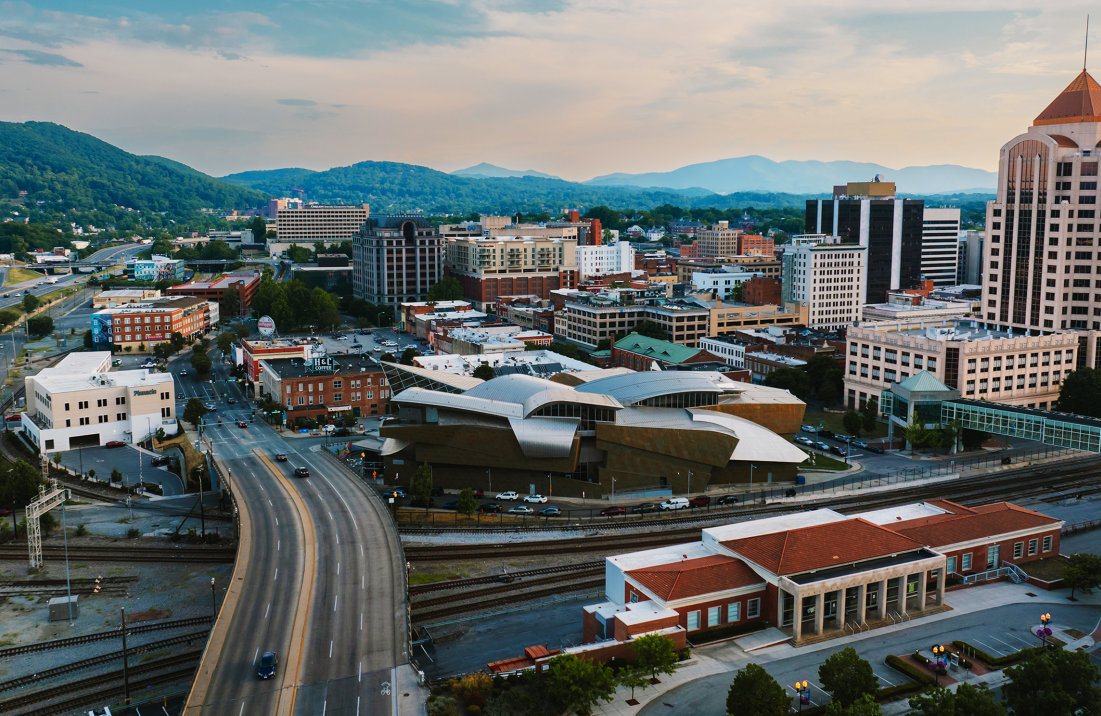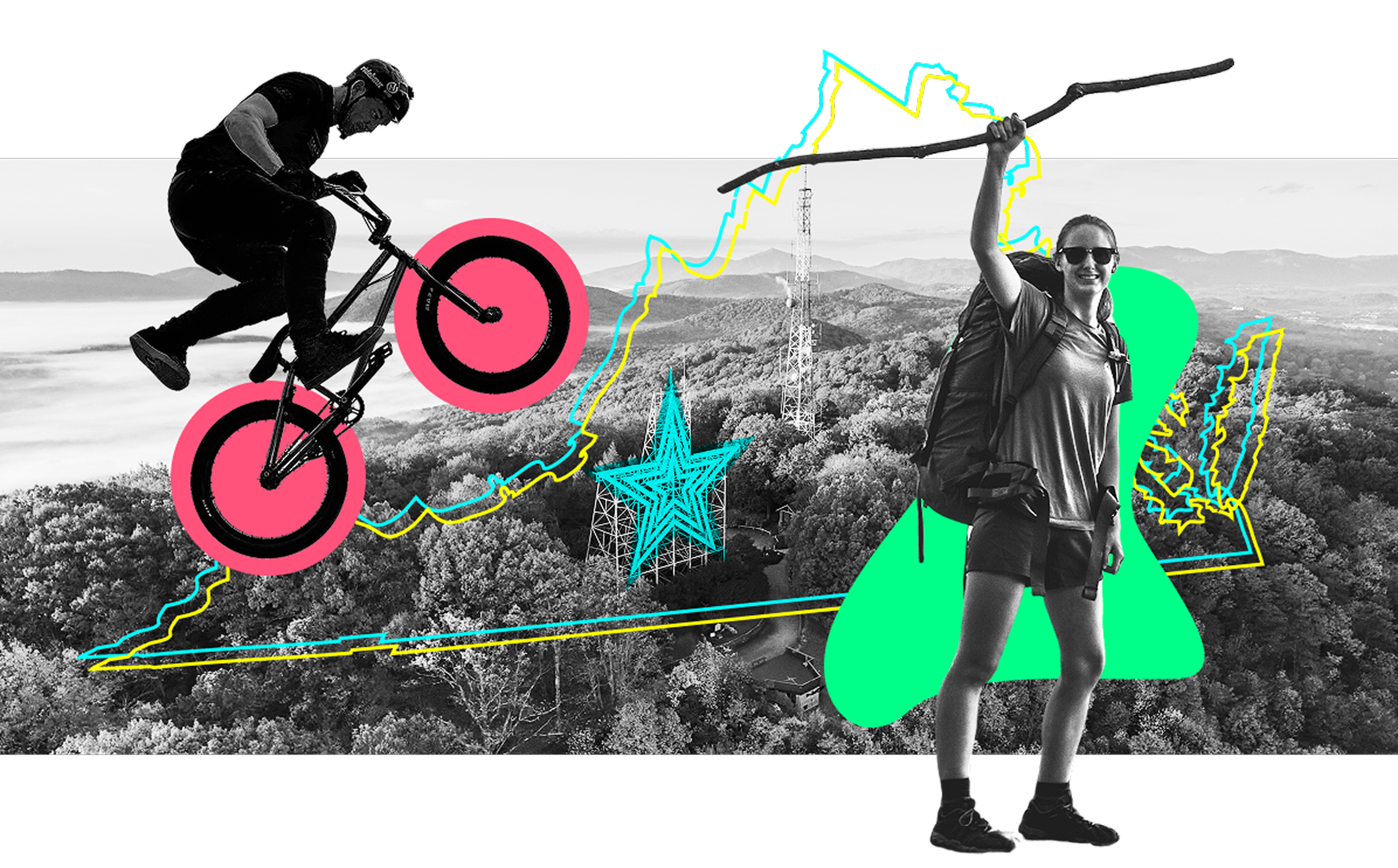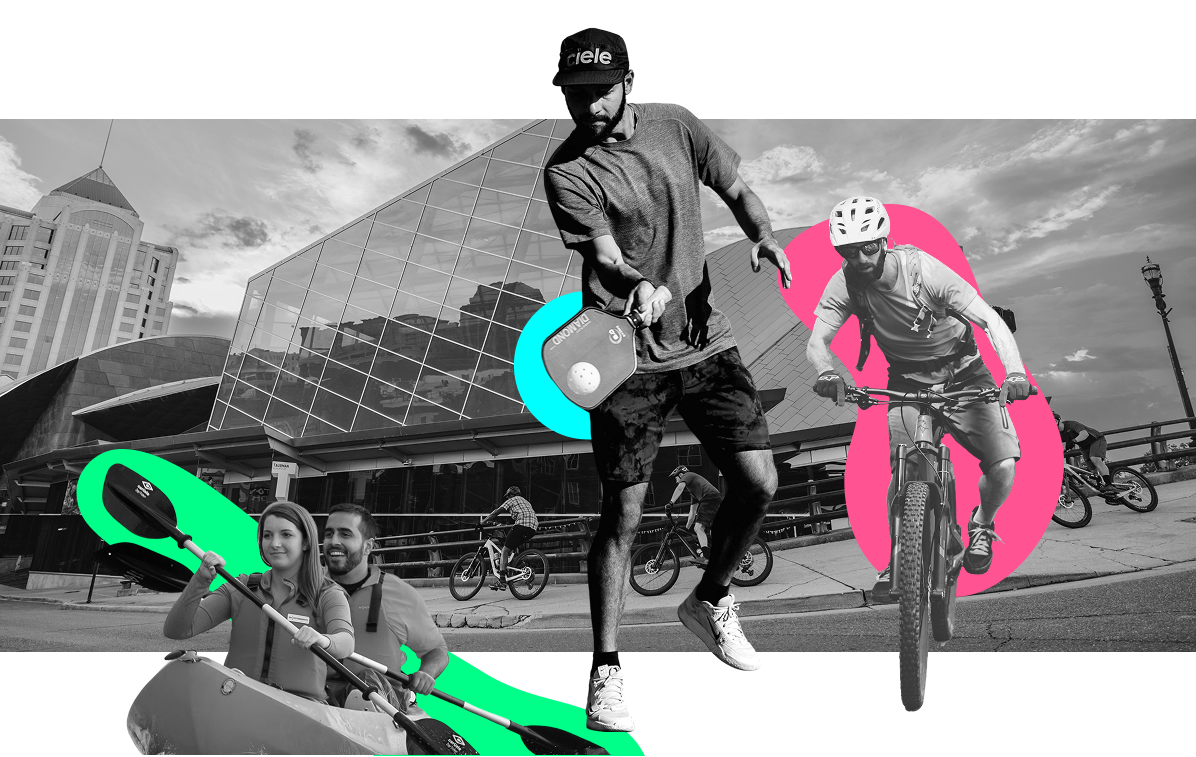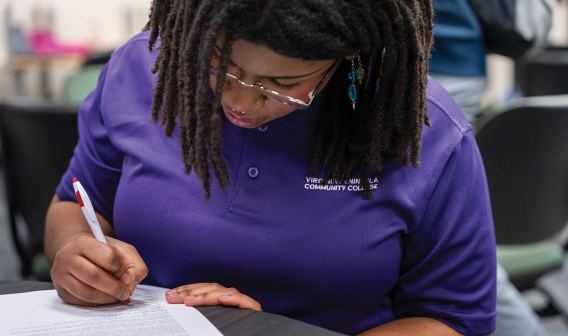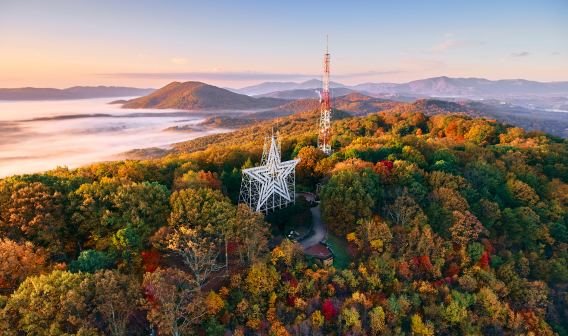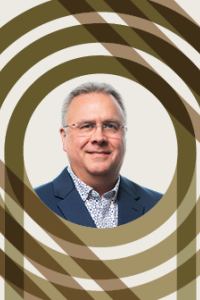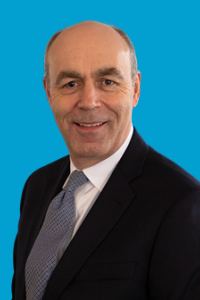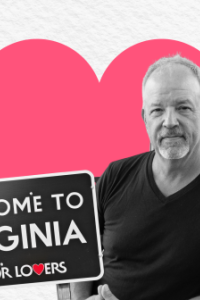Healy: Building that community-centered campaign is really important. We know in economic development that it’s not about attracting talent, it’s about retaining talent, too — especially with the evolving workforce challenges many cities and towns have had. The landscape of workforce has changed, especially with telework. How has telework changed the people you’re bringing in or attracting?
Boas: We’ve been watching this closely using commuter data to understand the landscape of how many remote workers we have and what’s motivating them to live here. We discovered when we did our research after the pandemic that a lot of people were previously working at an employer within the region and their job went remote, versus attracting tons of remote workers. Granted, we have attracted some, and a lot of that came from the mass exodus of dense urban places during the pandemic. People started seeking places where they could have a little bit more space, be outdoors more easily. Roanoke is a great example of one of those places where you can be on a trail five minutes from your house, or on the river, or on the Greenway.
We have great broadband. We have all the city amenities, but it’s easier for people to get outside quickly and do some outdoor activity. Our cost of living is lower than a lot of dense urban markets, so we’re getting people living here who can work wherever they want.
Healy: We talked about talent attraction. How about talent development? What role do you think economic development plays in this space?
Boas: They need to work closely together, but sometimes there can be territorial issues like, “No, this is workforce development’s job and we’re federally mandated to do these things.” I think that was the case when I came into this role to try to navigate the world of talent strategies at the macro level for the entire region. Getting everybody paddling in the right direction was a big part because there are so many players in the space, and money coming from the federal and state levels, from nonprofits, all dabbling in that workforce development world. I felt our role as the regional economic development group was to remove barriers, particularly for employers. That’s what I think is our biggest place — listen and learn what the struggles of the region are so we can continue to push collectively in the right direction.
We host a talent summit every year to convene more frequently with higher ed institutions and employers. The goal of people graduating from Virginia colleges and everywhere else is to be employable. We were noticing more and more this gap between when you graduated and employment. The employers would say, “Well, they’ve graduated, they have a degree, but they actually don’t have any of the necessary skills we need in order to put them into an entry-level job today.” We need to make sure that employers and the people making decisions around curriculum are convening regularly.
Healy: Those are great examples of strong partnerships. Any other interesting groups or individuals you’ve enjoyed working with that might be specific to Roanoke that other communities or cities can learn from?
Boas: Goodwill Industries underwent a pretty major project not too long ago that was born out of American Rescue Plan Act (ARPA) money. They leveraged it and got a ton of private donations as well to build an all-encompassing community center in Northwest Roanoke.
They have a grocery store. The only Goodwill-owned grocery store in the entire country is now in Roanoke in what was previously a food desert. They also developed around a former Goodwill headquarters building. They donated the property because it had a lot of square footage. Now there is an adult high school, and people will actually graduate with a high school diploma. I don’t think it’s a GED, but you can get a GED, too. There’s also a skills center, so they can learn specific hard skills that a lot of our industrial or manufacturing clients would be interested in. They have a financial center where people in the northwestern community can get loans and learn about becoming financially independent, all those types of things. It’s this whole wraparound package with the grocery store and a community center, a gym with the YMCA, the banking services, and the adult high school.
Healy: Are there any specific industry considerations that go into talent attraction in the Roanoke Region? And then do you market or message differently to different industry sectors?
Boas: We haven’t really broken down how we do the marketing, necessarily, by industry sectors. We do break down the targeting based on data we used for people who are already relocating to the area. We learned that they fall into one of two main buckets. They’re coming from a rural area, maybe West Virginia, other parts of Virginia, or North Carolina, and they look at Roanoke as an urban center. They’re moving into a market with more jobs, more opportunity, and so they’re going to the city, to Roanoke.
The other bucket is what we touched on earlier, those who are leaving larger metros to get away from congestion and traffic, unaffordable homes, and spending too much of their day driving when they could just go out their back door and be on a trail in a couple of minutes.
Those are how we’re currently framing the messaging. We try to go after people in the types of jobs where we know we need that talent here in Roanoke. If the number one thing that makes someone relocate is the job opportunity, you need to lead with a job that’s similar to what they already have. And then, hopefully, you can convince them that their quality of life would be better here, even if they’re swapping one similar job for another.
We really reinvented the wheel with our new Get2KnowNoke.com website. It went live in September or October of last year, and then we started running paid digital ad programs in the middle of January. We’re still pretty new at this particular effort. We’re watching the data and the results of what we’re doing, and then we’ll tweak from there.
Healy: How do you utilize national and statewide data to inform your current and future strategies?
Boas: We’re always looking at who’s doing it great throughout the country. Who do we aspire to be like when it comes to our talent attraction program? We always refer to the DCI Talent Wars they put out, that annual report. We try to make sure we’re keeping our finger on the pulse of what’s motivating people so we can target our messaging accordingly.
We have a data analytics person in our office who does market intelligence for everything we do, including the business investment side, as well as the cost of living index and things of that nature. We’re always reevaluating through Chmura or JobsEQ, like where are people coming from? Who do we already have an in with? How are we moving the needle in certain markets where we know that people are already moving to our location?
That’s the main way I’d say we use it, just making sure we’re informed on what the national culture and conversation are, as well as taxes and census data and Moody’s Analytics, all those things showing who we’re already making an impression on and what our real numbers look like in Roanoke. Because if you’re not making it based on real data, you can’t make an informed decision about what you’re doing.
Healy: What are each of your favorite places or activities in the Roanoke region?
Williams: I’m going to split this into two types, outdoor and indoor. Julia mentioned the Greenway. The Greenway is definitely my favorite place. It’s right by the river. It runs throughout Roanoke and it connects you to so many cool spots, like grabbing ice cream or literally floating on the river. My gym is right next to the Greenway. During our workouts, we can just pop on and run to a restaurant, if you want. It’s a neat way of being outdoors, but also connected to things.
My indoor favorite place would probably be this little local spot downtown called the Crafteria. It holds a ton of locally curated, sourced, and created art, food, and housewares. Literally anything you can hand-make, it’s there. It’s also my favorite coffee shop, the Little Green Hive. It lives in there, and one of my gyms is upstairs, so it encapsulates all my interests in one spot, and it’s downtown, so it’s easy to get to if you work here.
Boas: I hate to glom on to the Greenway, but a lot of people in our region I feel want to live along the Greenway. I’m lucky to live close by. I have two young sons, so we’re always taking our e-bikes, which have a little kid seat on the back. The perfect day in Roanoke would be e-biking down to a coffee shop, then going to a festival or watching live music in Elmwood Park or at the Dog Bowl or something like that. Sitting on a picnic blanket with the kids running around and you can have a beer while they do whatever they’re doing, and then take the Greenway somewhere and sit outside for dinner.
An “all by bike” kind of day is what we typically try to do. The weather has been nice lately, so we’re actually getting to do it. Or somewhere camping close by because we do a lot of camping. I camped this weekend just about an hour outside of town in Floyd. So yeah, there’s lots of opportunities there. My other favorite place to go in Virginia is Charlottesville, because I like sitting at wineries in the sun.
For the full interview, visit www.vedp.org/Podcasts
